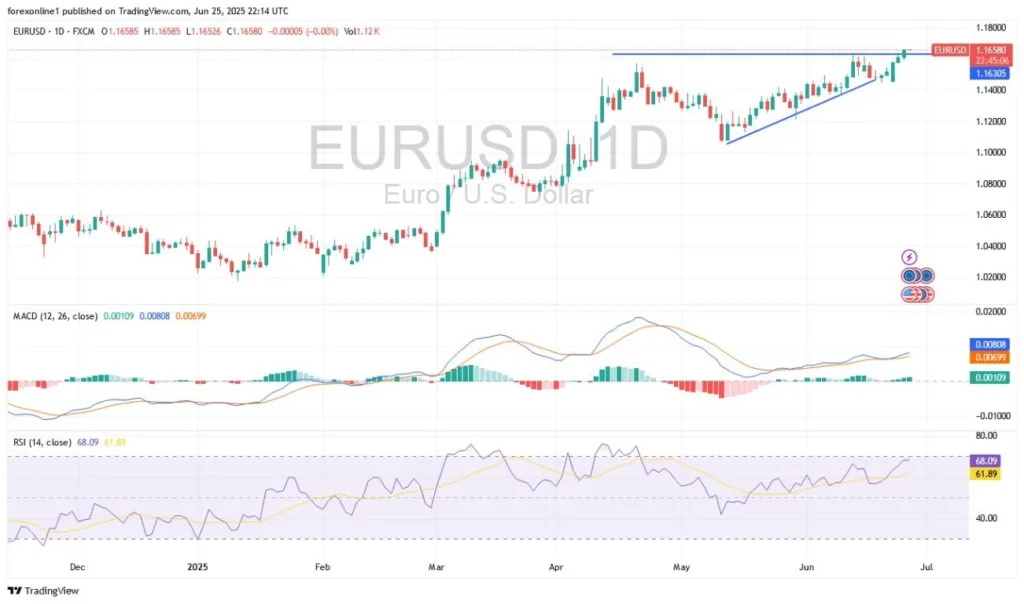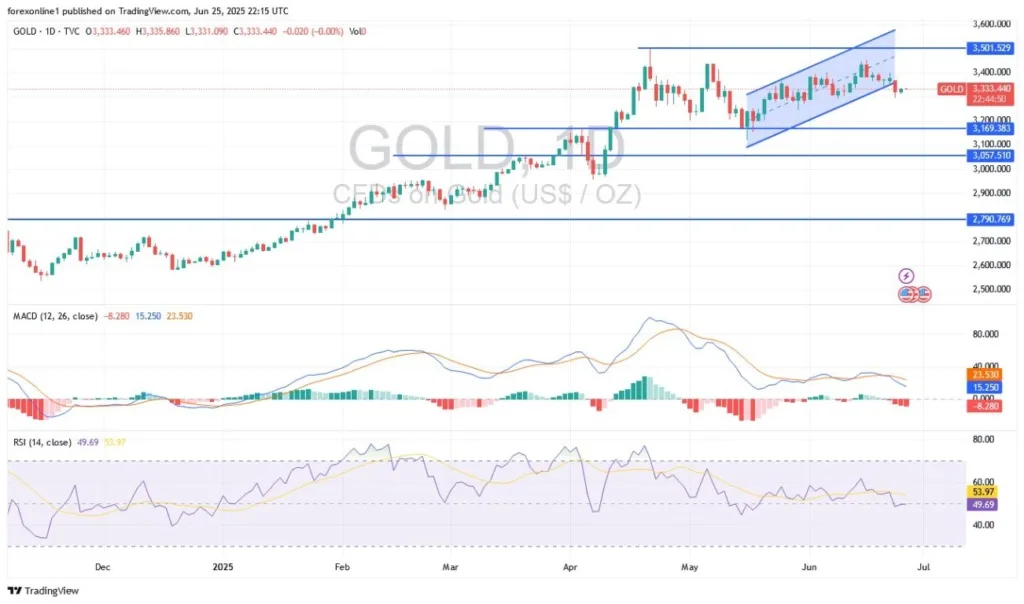
Fire and smoke rise after an Israeli attack on the Shahran oil depot on June 15 in Tehran, Iran.
Getty Images
hide caption
toggle caption
Getty Images
One country outside the Middle East that’s closely following the war between Israel and Iran, and any possible ceasefire, is China. That’s because China is the largest importer of Iranian oil, and Beijing is a close political partner of Tehran.
Iran currently exports around 90% of its crude oil to China, despite U.S. sanctions designed to cut off Iran’s oil sales, which the U.S. says directly fund Tehran’s military.
Why does China buy so much oil from Iran?
“China has always been the biggest buyer” of Iranian oil, especially after U.S. sanctions on Iran were expanded in 2019, says Muyu Xu, a senior analyst at commodities research firm Kpler.
According to Xu’s calculations, China is able to buy the Iranian crude oil at a discount of about 8% compared to the market price, because Iran has few other buyers.
Neither China nor Iran publishes official data on their oil trade, so Xu relies on satellite data and sources on the ground to track oil tankers as they make their way circuitously from Iran to ports in eastern China.
“Before the fall of the Assad regime, Syria used to be the buyer as well. But again, the majority volumes went to China,” says Xu.
“The reason that [China] buys [oil] from Iran is to make sure that the Islamic Republic can survive,” explains Saeed Ghasseminejad, a senior adviser on Iran at the neoconservative think tank Foundation for Defense of Democracies in Washington, D.C. “Before 1979, Iran was the key partner of the United States in the region. Right now, it’s important for China that that Iran does not go back to that, so it doesn’t want the regime to fall.”
This trade has made China and Iran close partners, even if the two countries share few political traits in common. Iran is one of the world’s few countries which allows Chinese tourists visa-free entry, and thousands of Chinese citizens lived in Iran, many of them working for Chinese oil and energy companies. China says it has now evacuated more than 3,000 of its citizens from Iran since Israel’s first strikes on Iran earlier this month.
How does China get oil from Iran despite sanctions?
The Iranian oil is transported to China by what Elisabeth Braw, a senior fellow at the Atlantic Council, calls a “dark fleet” of ships.
“It’s simply vessels that sail outside the official shipping system,” Braw says. “They are often aging vessels… that have owners that are very hard to identify.”
Then, the oil is often transferred from ship to ship at sea and relabeled as coming from Malaysia or Oman. The crude is eventually brought to small, private refineries in China. The willingness of such refineries in China to defy American sanctions on buying Iranian oil has been an economic lifeline for Tehran.
China does not have a global military, meaning it does not have the capacity to send military might to Iran, but it wields considerable political influence in Tehran. Secretary of State Marco Rubio acknowledged Beijing’s political leverage in an interview with Fox News earlier this week. Referring to the possibility of Iran closing off the Strait of Hormuz, he said, “I would encourage the Chinese government in Beijing to call them about that because they heavily depend on the Straits of Hormuz for their oil.”
Much of the world’s oil from the Middle East is shipped to China and the U.S. through the Strait of Hormuz, along Iran’s southern coast.
After announcing a ceasefire between Israel and Iran on Monday, President Trump posted Tuesday morning on social media, “China can now continue to purchase Oil from Iran. Hopefully, they will be purchasing plenty from the U.S., also. It was my Great Honor to make this happen!”
Could China get its oil from elsewhere?
China could easily replace the oil it imports from Iran — though its refineries would take a big commercial hit, says Xu from Kpler.
According to research firm S&P Global, China actually buys slightly more oil by volume now from Russia, which has also come to rely on Beijing for economic support after it faced Western sanctions due to its full-scale invasion of Ukraine.
China could also turn to Venezuela and oil-rich countries in West Africa, but this would cost billions of dollars more a year.
However, in a country as large and fractious as China, some of China’s state-affiliated oil refineries are rooting for the end to China’s sanctions-busting trade with Iran.
Much of the Iranian and Russian oil that Chinese customers buy does not go to the country’s larger state-owned oil companies. It instead goes to what analysts term “teapot” refineries — small-scale, privately owned facilities. Nearly all are located in China’s Shandong province and they make at least a fifth of China’s refining capacities, according to commodities analysts.
These “teapot” refineries work on slim margins and are willing to take the legal risks to buy sanctioned oil because of its lower price.
China’s central government has been trying to shut down excess oil-refining capacity and smaller refineries, like teapots, for years.
“For the state-owned refinery, they’re happy to see that consequence. They want to take that market share,” says Xu, referring to teapots losing access to Iranian crude and shutting down.
Plus, for the last half-year, China has been stockpiling oil. By Xu’s estimate, it now has about 1.1 billion barrels of oil stored up, equivalent to more than 70 days of use.
“That’s the record high based on our data,” says Xu. The stockpile is enough to buy China some time to wait out whatever happens over the next few weeks in the Middle East.







